Metal Gear Solid Analysis: The Identity Trilogy Part 2: Son's of Liberty
By Daneian 2 Comments
Welcome to the second part of the MGS Structural Analysis that looks at the underlying message of Hideo Kojima’s post-modern Metal Gear Solid franchise. Starting with Metal Gear Solid: The Twin Snakes, we looked at how its story elements were used to weave a subtext into the plot. Underneath Snake’s mission to stop FOX-HOUND from stealing a nuclear warhead is a story about the battle between human will and genetic determinism.
Because each story’s theme connects to later titles to create a moral for the series as a whole, here is the second chapter.
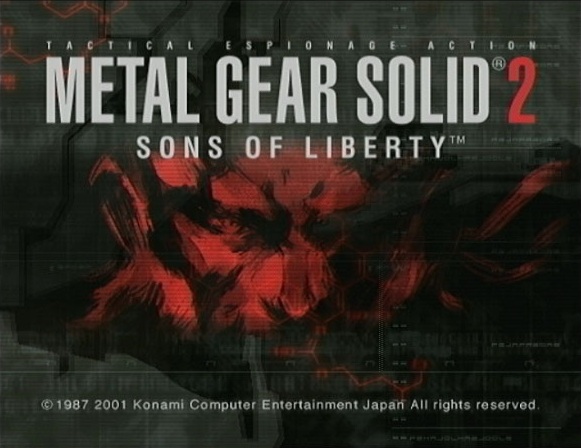
The second installment in the Metal Gear Solid saga is about the dissemination of information and how important ideas are to the beliefs of an individual and how they get passed within a society.
For those who never played The Twin Snakes, that story is recounted on disc as the fictional novel ‘In The Darkness of Shadow Moses: The Unofficial Truth’ written by that games weapons specialist, Nastasha Romanenko. The book fulfills several important rolls all at once: it provides players of the first game with new story bits that happened on the opposite end of the Codec that Snake wasn’t privy to and exists in the Metal Gear universe as the tell-all that made Solid Snake and his crop of dark mulleted hair a hero the world over for preventing nuclear war.
After Metal Gear Rex’s battle data was stolen, it’s blueprints were leaked onto the black market allowing anyone with the means to build their own Metal Gear. To combat the threat, the famous hero of Shadow Moses, Solid Snake and Otacon formed a fringe group called Philanthropy. Receiving intel that the navy is transporting a new anti-Metal Gear Metal Gear code named Ray down New York’s Hudson river, Snake infiltrates the USS Discovery tanker housing it. Moments after drop, Snake watches a military unit led by Russian ex-patriot Sergei Gurlukovich seize the upper decks and claim the ship. In the holds, Gurlukovich welcomes his partner Revolver Ocelot, who claims Ray as his property, kills Commandant Scott Dolph and betrays the Russian. When Snake reveals himself to the old gunslinger, Ocelot, and his shiny new hand, go berserk. Snake watches in horror as his voice is replaced by that of Liquid Snake, who tells him he lives on through his arm grafted onto Ocelot’s. Activating Ray, Liquid tears out of the Tanker and records Solid Snake standing amidst it’s wreckage before disappearing into the depths of the Pacific.
The story jumps two years into the future. Terrorists comprised of the anti-terrorism squad Dead Cell and an Olga-run Gurlukovich army have taken over the Big Shell, a processing plant used to purify the water polluted by the Discovery’s destruction. Colonel Campbell, leader of the support team in Alaska is prepping Snake for infiltration into the facility. But something’s not right; Snake’s voice is wrong, his body too slim and movements too acrobatic. He enters from the water and has to wait for the elevator. The guards patrol and even though this is your first time in this room, you already know how to navigate it past them. The situation seems so…familiar. Even the cutscenes tug at your memory. As Snake rides the elevator up, he removes his mask and reveals a fair skinned and long blonde-haired young man.
This is where Metal Gear Solid 2: Son’s of Liberty takes an abrupt left turn from audience expectations and it’s first step towards the theme that pulses underneath the entire game. But to get there, we have to look at the marketing campaign that fueled its hype.
Unveiled at E3 2000, every piece of content for Son’s of Liberty prior to release exhibited Solid Snake front and center. Although primarily showcasing scenes from the Tanker section where Snake does appear, sections were released with Snake that were replaced with this new soldier in the final product. No one expected it. No one expected that this soldier would be the primary protagonist for the game. No one expected Raiden.
This switcheroo is information manipulation distilled into theme and goes layers deep into the narrative. It was Kojima playing with memes. Memes are information, concepts and ideas that are passed between people and are analogs to genes. Memes are copied, they mutate, they spread. Ideas are factors that build a personality and what they believe. Ideas can be passed on through books, marketing campaigns and story.
That last one is particularly important. Despite this being his first mission, Raiden performs in many of the same ways Snake did during the Tanker portion and with much the same expertise. And we know why. Raiden had been trained in VR simulations based on a limitless number of combat scenarios, many of which appeared on the MGS disc and its Integral special edition.
Where The Twin Snakes showed the variations of forms that genes create for themselves as different types of animals, Sons of Liberty focuses on how racial differences are merely variations on a single species. The human. By having each member of Dead Cell come from different ethnic backgrounds we are focusing on how humans have developed features that allow for survival in different terrains. By combating them, Raiden is fighting against social constructs that perpetuate ideas that can be harmful to the individual- classism, religion and government.
Olga is the human counterpart of the idea of pack mentality and pair bonding that Sniper Wolf had personified. She and her father’s Gurlukovich army were forced to become mercenaries to survive. Survival meant crossing social and national borders. They had to migrate. To a small extent, her story can be viewed as the adoption of culture into new and different social surroundings. It would seem that her presence is primarily to show the Nomadic herding of tribes, traveling together- of sharing ideas and information with other cultures.
Fatman, slurping down cocktails and with his manicured hands represents decadence and classism. He believes he is above socially placed morality because of the fact of his birth and builds bombs to blow the world apart.
Fortune represents mysticism that can be used to impose social controls. Her father, her husband and, to an extent Fortune as well, have been turned into martyrs whose lives and suffering have been exploited to become a rallying cry for Dead Cell. Her past has been twisted and distorted so she is more a symbol than a person, a dark reflection of Snake and Raiden’s relationship. Notice how Solidus uses her to make Vamp act while redirecting his aggression towards accomplishing his mission.
That’s what is so horrifying about Vamp. He represents the horror of zealotry for beliefs that have existed from early human thought. His characteristics are the classic representation of horror. He drinks blood, thrives in darkness and is immortal. Even if you are fast enough to get a shot in, he just keeps coming.
This installment also shed light on the code names for the Sons of Big Boss and how they represent distinct traits for those characters:
A Liquid takes the form of the container it’s placed in, regardless of its shape- whether it’s a cup or a Russian agent. Liquid Snake transcends the genes he was given, but not the personality that they helped to shape. The statement is that there are things that can be true of any person, regardless of the body that was built for them. He is the opposite of Solid Snake, who has always walked his own path. Until the Shadow Moses incident, Liquid possessed a body he despised, being ridiculed for having one that was inferior while becoming defined by it. Revolver Ocelot, the current vessel, has already been expressed as being an animal without a home and would seem the perfect choice for a soul without a form to occupy.
Which brings us to the third son of Big Boss. Solidus materials (think Silly Putty) are malleable substances that can be molded into whatever shape a set of hands wants it to, but never by its own will. It must be the hands of something else, which is exactly why the Patriots chose to place him into their ranks: it was their hand that shaped him with the fingers of environment and culture. What is so terrifying is that Solidus was a social leader, someone who dictated policy for the citizens of his nation, but only through cheating, deception and cover-ups.
We also learn that Raiden was raised in a child army led by Solidus and is haunted by what he witnessed and what he did. Their relationship closely resembles the relationships Big Boss has with both Liquid and Solid. The man himself aspires to be Big Boss. Until this point, every picture we have of that Legendary warrior is an old man with his white hair and trademark eye patch. When we meet Solidus, the similarities are startling. Even during Raiden’s fight with the Solidus-piloted Harrier, the former Presidents left eye is damaged, an injury the man meets with a wry smile. Later you understand his glee- he has donned an eye patch and his physical transformation into Big Boss is complete.
That’s where the plot veers back on course with the meme concept. Solidus is on the Big Shell for ulterior motives. The Big Shell was a front for a battleship-sized Metal Gear. Arsenal. Constructed underneath the facility, Arsenal Gear houses GW, a complex artificial intelligence network that processes all memes perpetuated through music, technology and the internet and promotes the ideas it wants while eliminating the ones it doesn’t. It is trying to build a program with the sole purpose of cultivating a society and breeding ‘proper’ citizens. The program is deemed the Selection for Societal Sanity, the S3 engine. But GW has activated. Its initial test run was to create a set of protocols that would shape a person into the perfect soldier. The scenario is based on data collected from the operation on Shadow Moses, an incident that the player is incredibly familiar with. That’s the familiarity you felt from the moment you saw Raiden swim into the Strut A Deep Sea Dock. Raiden’s entire adventure was a test run of GW’s simulation.
It’s an implementation of the very unique kind of experience storytelling provides- one that was never yours. Raiden learned something from fighting Liquid Snake, from enduring torture for Meryl, but he didn’t do them. Neither did you. Moreover, because the experiences affect us psychologically in the same way our own collected ones do, they can build a set of behaviors to dictate an individual’s actions. You are Solid Snake’s clone but not genetically. It would be hard to argue that playing through The Twin Snakes didn’t make the player better capable at completing Son’s of Liberty. In the young soldier, that behavior was a set of skills to complete his mission. That’s why Raiden has no defining characteristics, has an almost ethereal ghostly pigment and earns bonuses represented as differently-colored wigs; he is all men through all time. He was GW’s first prototype. So were you.
But GW wants Snake’s skills, not his unwavering sense of right and wrong. That’s why it needed to defame him. By painting him a terrorist, the world wouldn’t live in his inspiration. What it didn’t figure is that much of those skills come from his strength of personality and his will to do what he considered right. By electing to forego those characteristics, they wouldn’t be passed on to his copies. Notice how Raiden can fight, but he cannot defeat, Dead Cell- his impotency at fighting Fortune, his despair at Vamp’s refusal to die. He couldn’t beat them because Solid Snake never fought them.
But Raiden has changed. Betrayed, stripped and sneaking through the bowels of Arsenal Gear the young man is alone. Creeping along the corridors, he meets Solid Snake who has fully shed his Iroquois Pliskin disguise and is now dressed in his sneaking suit equipped with the infinite ammo bandana he earned by saving Meryl’s life. Through the madness of The Big Shell and witnessing Snake’s courage, Raiden has become his own man. Gripping the sword he inherited from Snake in his hands, he is stronger than he was; strong enough to face his past, create his future and defeat Solidus.
Raiden is the star of Metal Gear Solid 2: Sons of Liberty, but Solid Snake remains its hero, a fact that had been with you from the beginning. From the moment you start the game, you think the title screen is the face of Solid Snake looking out. That’s not true. It’s the reflection of his face cast off the television that both Raiden and the player had been looking into. It’s by his inspiration that Raiden had been able to grow. No longer red, the color of the game’s lethal weapons, the title now has the blue, non-lethal reflection of Raiden, his own man, no longer a tool for death.
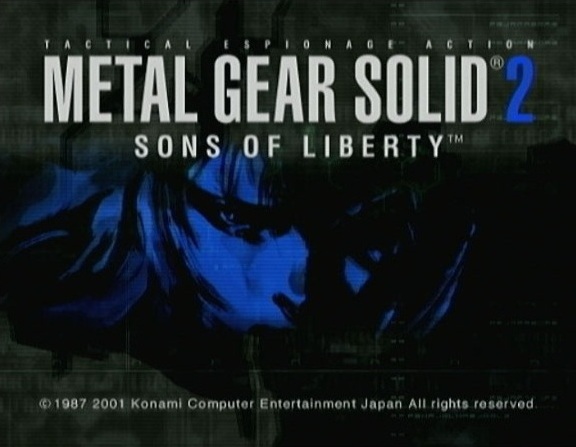
this essay can also be found on Script Routine
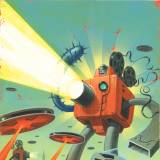
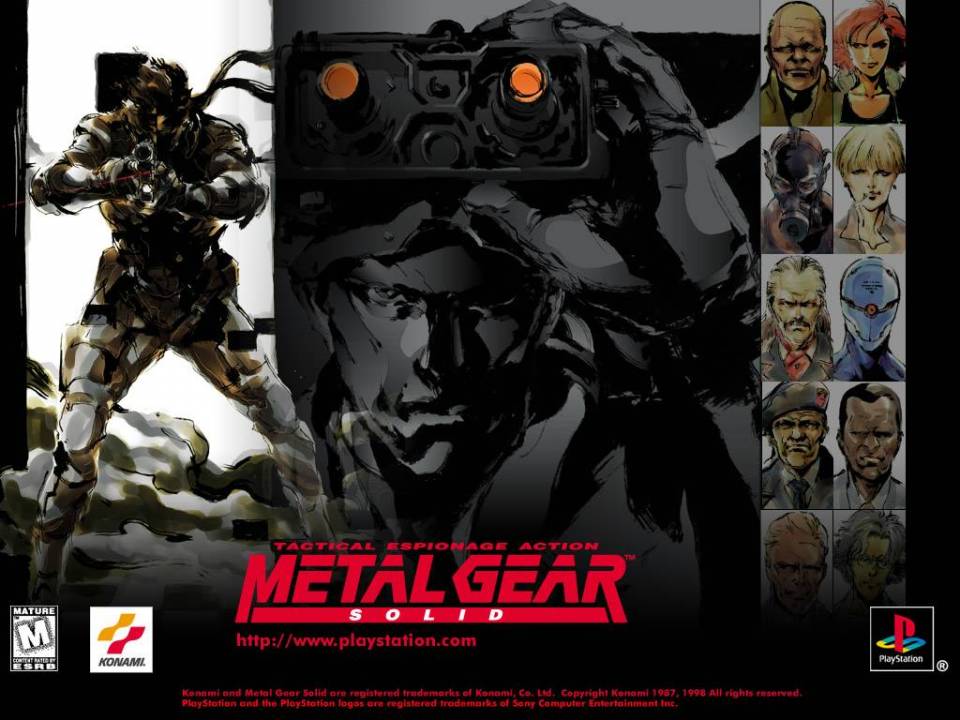
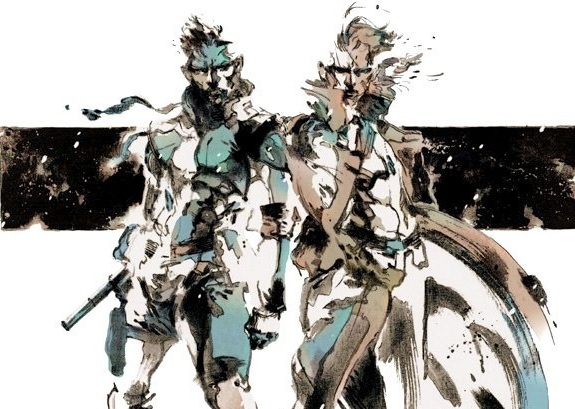
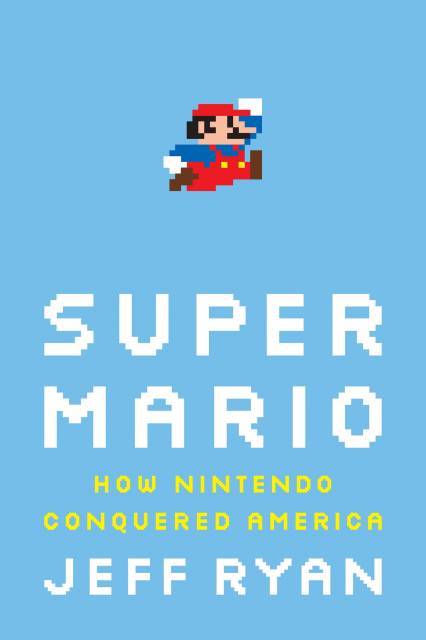
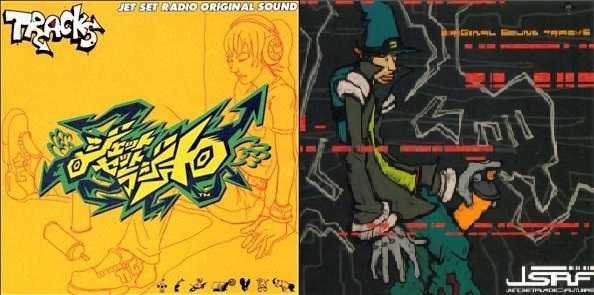
Log in to comment